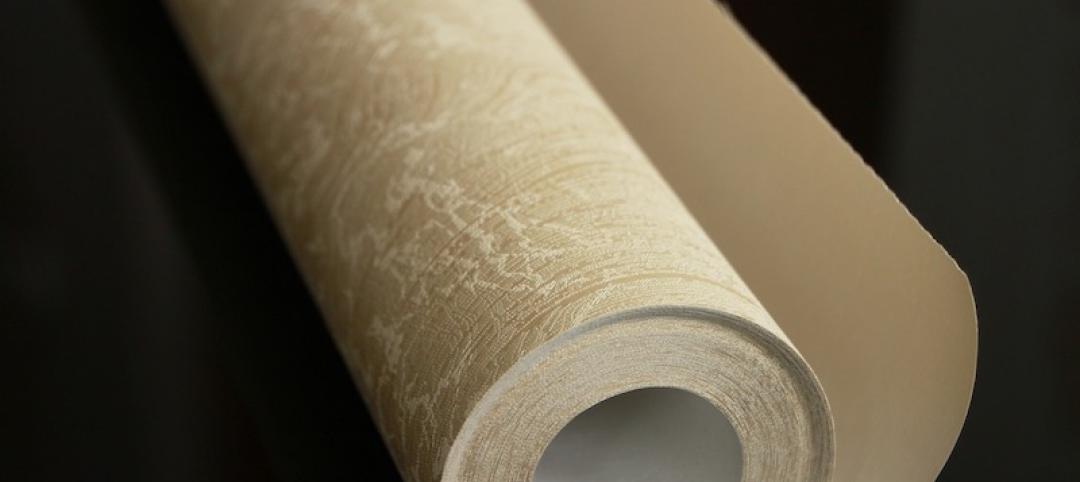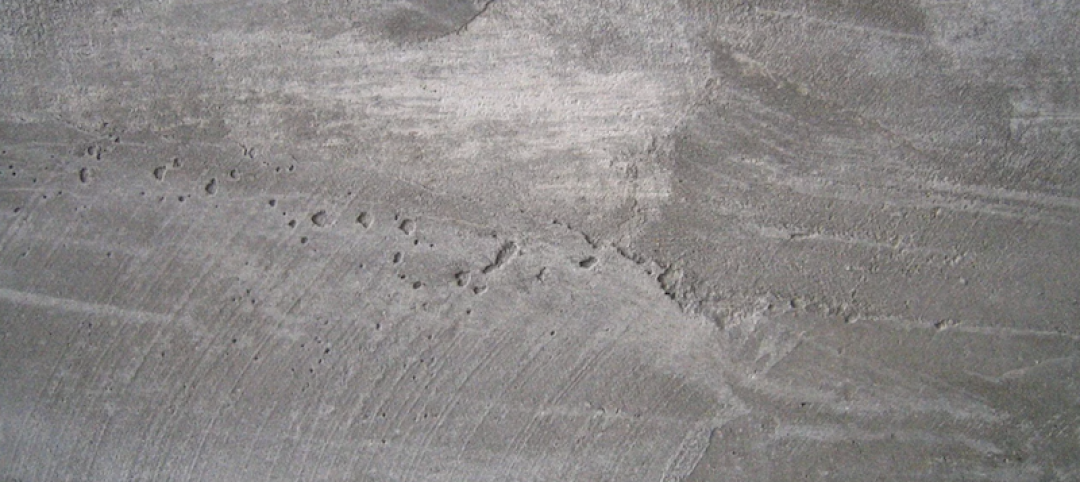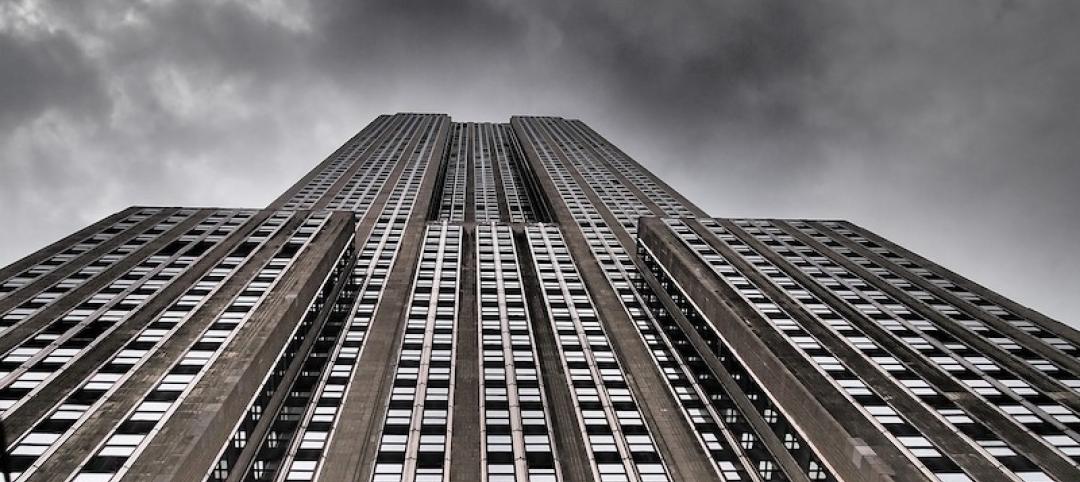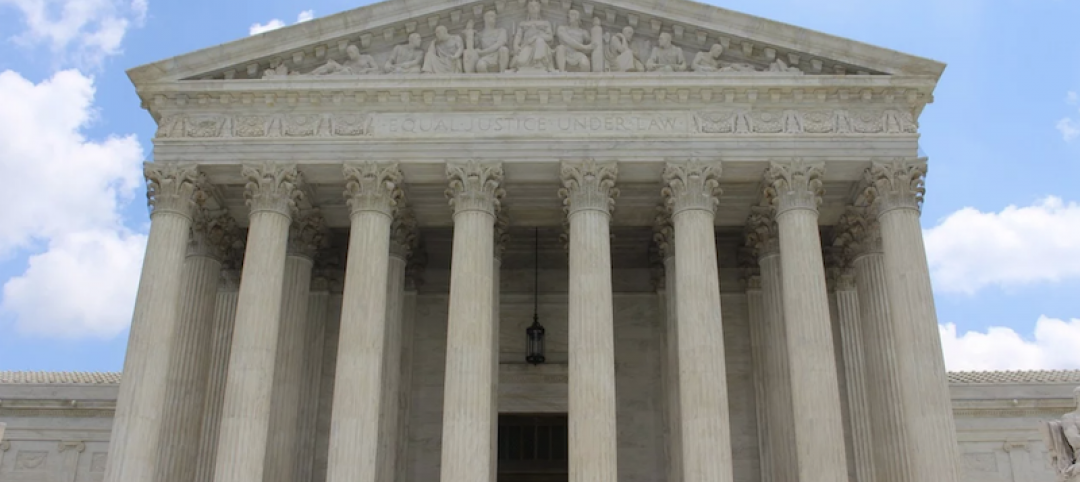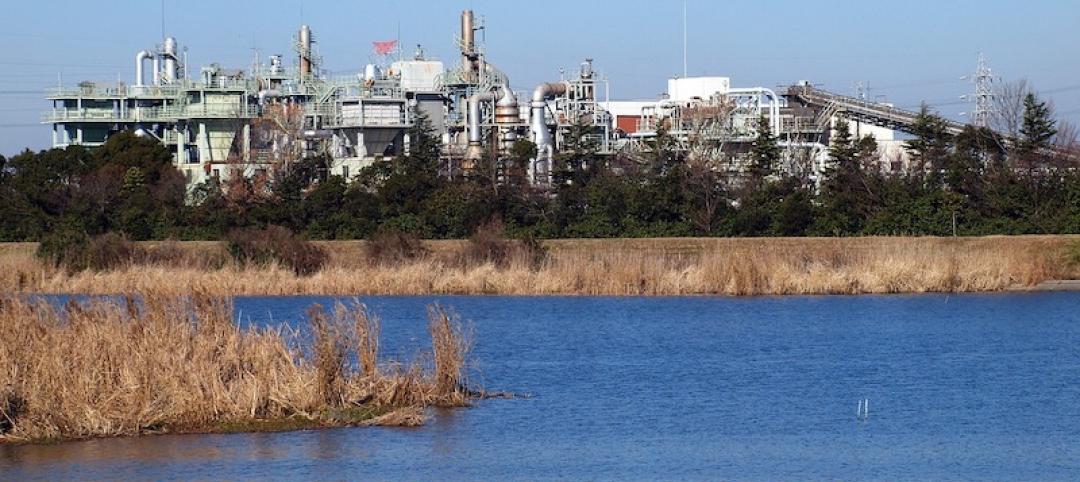The American Institute of Steel Construction has released updated environmental product declarations (EPDs) “to help designers and building owners design more environmentally friendly buildings and bridges,” according to an AISC news release.
The organization develops industry-average environmental product declarations (EPDs) for three products: fabricated hot-rolled structural sections, fabricated steel plate, and fabricated hollow structural sections (HSS)—the latter developed with the Steel Tube Institute. “These documents are designed to facilitate an accurate, apples-to-apples comparison of the structural materials on the market today,” the release says. These documents are updated every five years.
“Many people associate steel with old smokestacks and air pollution, but structural steel is now the premier green building material,” said AISC President Charles J. Carter, SE, PE, PhD. “Over the past three decades, the steel industry has reduced greenhouse gas and overall emissions by 36%. And the American structural steel industry is leading the way to a greener future with a carbon footprint nearly half the world average. By comparison, Chinese structural steel has three times the global warming potential of domestic steel.”
Many rating systems (LEED V4), standards (ASHRAE 189.1), green building codes (IgCC), and specific customers require the submission of environmental product declarations (EPDs) for products delivered to the project site. These EPD life-cycle assessments provide information on environmental impacts related to the manufacture of the product, including global warming potential, ozone depletion, acidification, eutrophication, and ozone creation.
AISC works with its mill members to develop industry average EPDs for structural steel produced in the United States. In addition to quantifying the impacts of the mill processes, the EPD work quantifies the industry average per ton environmental impacts of the fabrication process.
Related Stories
Codes and Standards | Mar 5, 2020
France to mandate all new public buildings be 50% timber or other natural materials
Measure would go into effect by 2022.
Codes and Standards | Mar 4, 2020
American Concrete Institute and Precast/Prestressed Concrete Institute expand partnership
Will collaborate on new code requirements.
Codes and Standards | Mar 3, 2020
Wallcoverings industry releases product scorecards concerning sustainability
Tool adds more transparency to certification.
Codes and Standards | Feb 28, 2020
Bay Area communities struggle with what to do about rising sea level
Policies include sea walls, levies, and relocation.
Codes and Standards | Feb 27, 2020
Cell phones present a safety hazard at job sites
Use of ear buds, headphones banned by some contractors.
Codes and Standards | Feb 26, 2020
American Concrete Institute releases 2020 codes, specifications, and practices
ACI Collection features guidance on structural concrete construction and rehabilitation.
Codes and Standards | Feb 25, 2020
New ISO standard for optimizing building use and reusing and recycling components released
Aim is to realize full potential value of a building throughout its life cycle.
Codes and Standards | Feb 21, 2020
Architects push back on proposed uniform design mandate for federal architecture
AIA speaks out against measure.
Codes and Standards | Feb 20, 2020
City-owned buildings to go carbon-free in Los Angeles
Mayor commits to goal for new and extensively renovated structures.
Codes and Standards | Feb 19, 2020
Public is willing to volunteer to maintain green infrastructure
Perceived benefits make residents willing to help public works departments.





